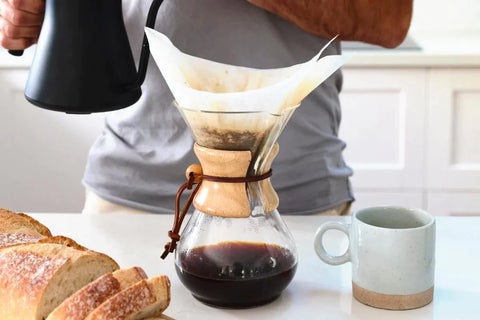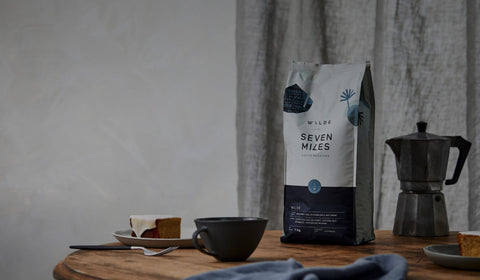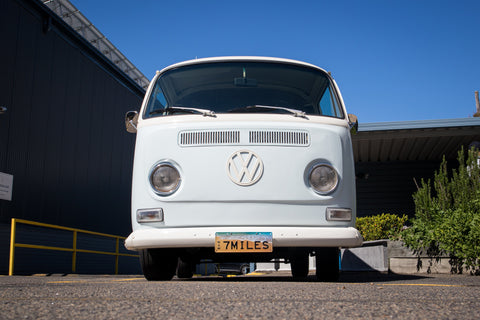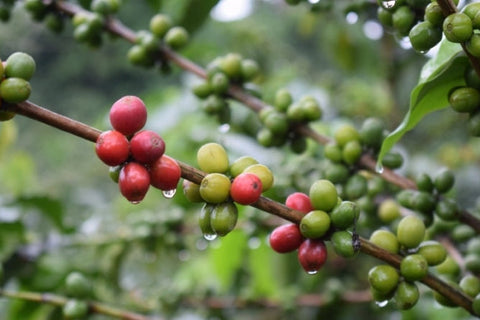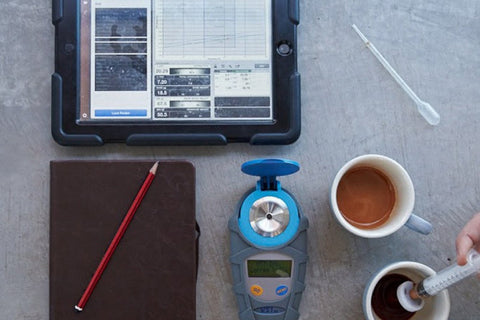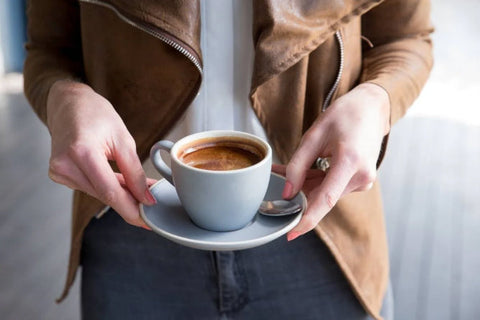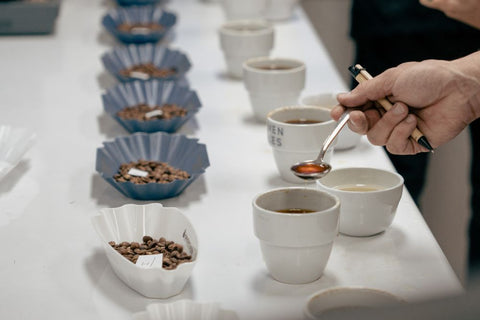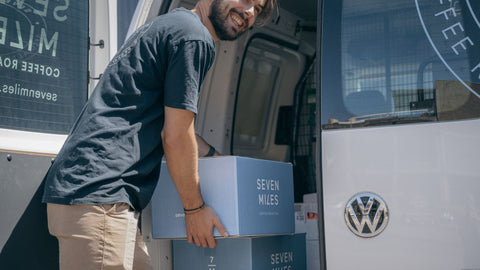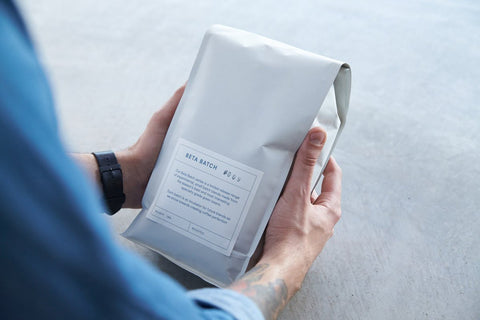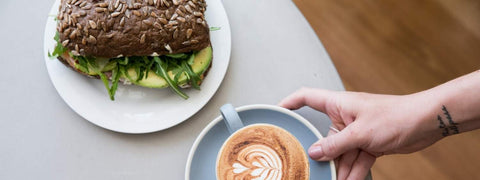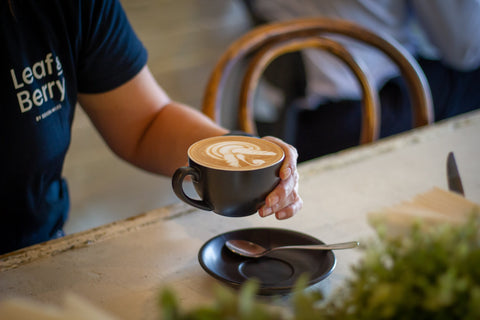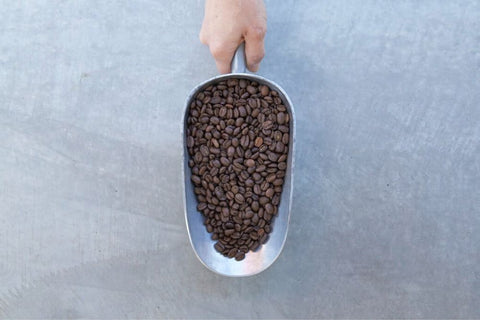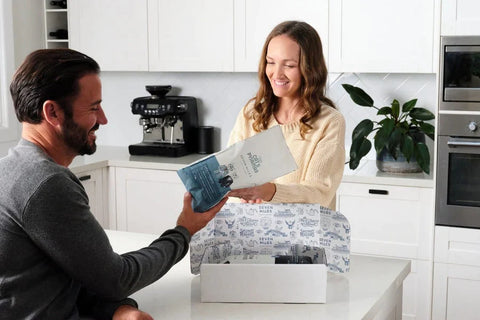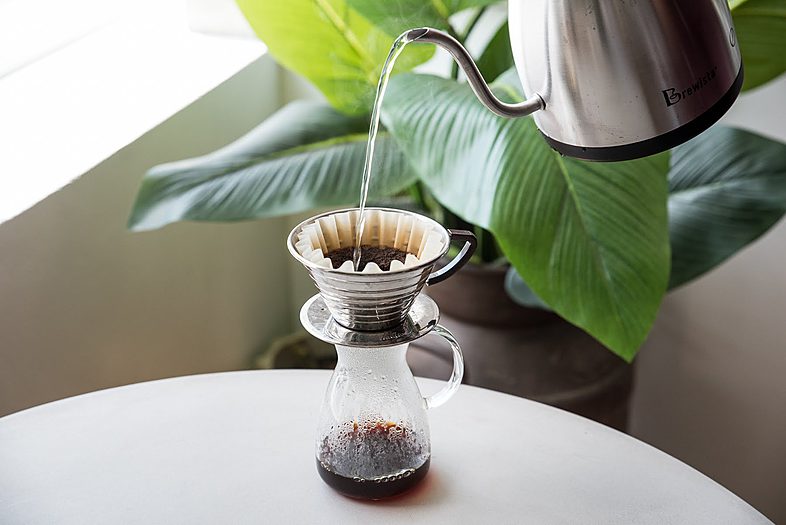Filter coffee has been around longer than espresso and is actually more popular in some parts of the world. Here in Australia, while espresso will be our coffee method of choice for the foreseeable future. There are some compelling reasons to consider adding filter coffee to the menu.
To jump straight to the recipe, click here
What is Filter Coffee?
The name can be a little confusing. Virtually every type of coffee is filtered in one way or another - including espresso. ‘Filter Coffee’ is often used to describe a range of different devices like Pourover, Aeropress, Chemex, Batch Brew and plenty more. Another way to describe this category is 'low-pressure brewing', because that's the one difference they all have compared to an espresso machine. The other difference is strength.
A typical espresso has a ratio of around 1:2 parts coffee to water while filter coffee sits around 1:16 parts coffee to water. In terms of flavour. compared to espresso, the mouthfeel of filter coffee is less ‘thick’ and the flavours are more subtle & detailed.
Why bother with Filter Coffee in a Cafe?
There are a number of reasons to consider adding filter coffee options to the menu.
1. Point of difference
Having a unique offer can set you apart from your competition, helping to bring in new customers.
2. Speed of service
Having a couple of liters of batch brew ready can help during busy periods. Convert some of your long black drinkers or people who can't drink dairy or alternative milks and they can essentially jump the queue.
3. Get excited about coffee again
Finding and keeping good baristas is hard to do. Keeping the coffee offering fresh and interesting is a vital part of why they love their job.
Choosing the right coffee
Filter brewing is the perfect way to experience all the subtle flavours of a high-quality single origin coffee. The type of origin is up to you, personally I love the variety of coffees available and spectrum of flavours. Whether it is the crisp, clean sweetness of a Colombian coffee or the deep, fruit flavours of a Natural-process Ethiopian - it’s the differences that make it interesting. With roasting, most people (me included) prefer a lighter ‘filter’ roast coffee as it emphasises the sweetness and acidity of the coffee. Many people find that darker roasts can turn out bitter and smoky as filter. However, if you like to add milk or prefer a bit of kick then by all means, go to the dark side, I hear they have cookies.
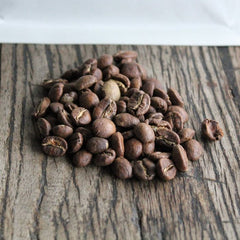
Professional Equipment: the options
Automated (Batch Brewing)
(Faster / More Consistent / Less Flexible)
These look like the brewers you see in every classic American sitcom, but don't be fooled. With quality equipment, and the right coffee you can make some seriously delicious coffee. Batch brewers range from small, domestic units that only have one setting up to large, more advanced units that have more options and capacity. These can be far more consistent that the manual filter coffees while still providing great quality. They also hold ‘batch’ quantities that you can keep temperature stable and have ready to go when the rush is on. For most cafes, we recommend they start with a small batch brewer like the Technivorm Moccamaster.
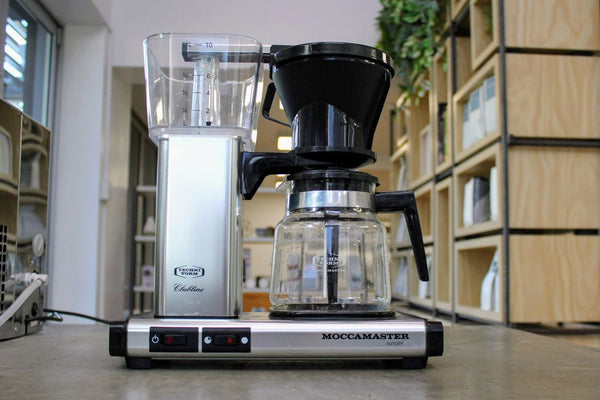
Manual Brewing
(Slower / Less Consistent / More Flexible)
Manual filter methods can work in a busy cafe environment although it’s not easy. Getting a pour over order in the middle of a morning rush can throw a spanner in the works, so considering workflow and staffing is important. Another thing to think about is customer expectations. Some people are happy to wait for a filter coffee, others might not. Bear in mind, with any of these manual methods, you will also need a kettle with an adjustable temperature control - like the brewista smartpour.
Some recommendations:
| Starting out | Next Step | Next Step |
 |
 |
 |
| Clever Dripper | Aeropress | Hario V60 |
Grinders
No, I’m afraid your espresso grinder is not going to give you good results for Filter Coffee. Unless you’re lucky enough to have a deli grinder already, you will need to get hold of something that can provide a wider range of grind sizes than a typical espresso grinder. For home use, hand grinders can work well too and cost a fraction of the price. Some recommendations:| Starting out | Next Step |
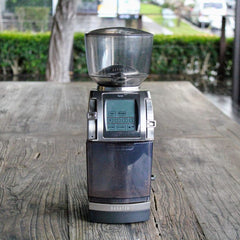 |
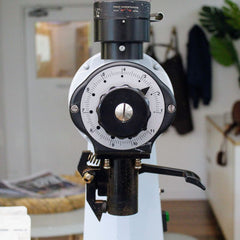 |
| Baratza Forte | Mahlkonig EK43 |
Let’s Get Brewing
Click the link below for our printable guide to brewing using the Moccamaster brewer. For most cafes, we think the most practical place to start is with a small batch brewer like this. The ratios for coffee and water in this guide will work for most devices, however the method here is specifically written for this brewer.
